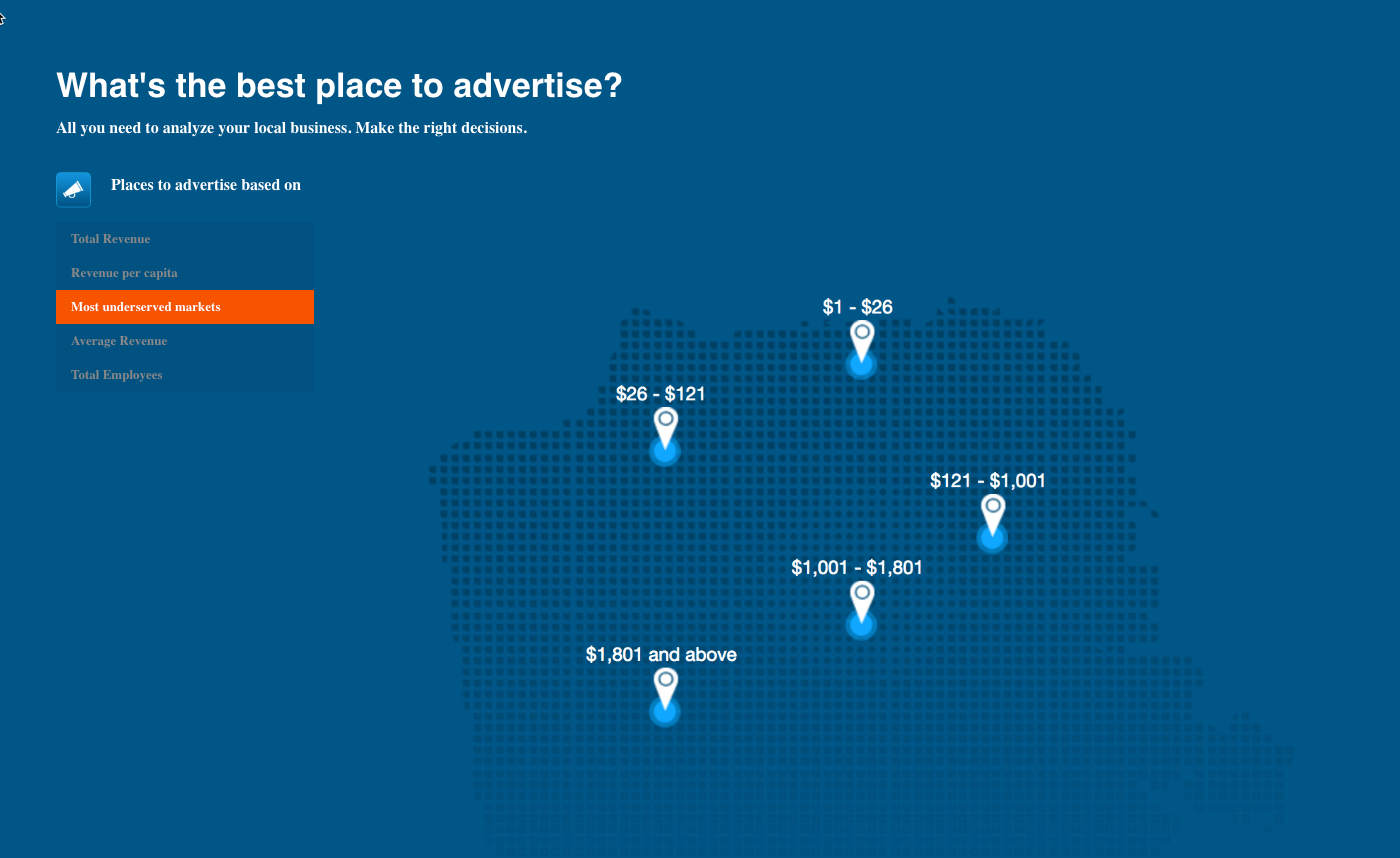

#APPLICATION SIZEUP FULL SIZE#
In this example, a total of 5 conductors are used in a rigid metal conduit: three phase conductors, a neutral and a full size ground conductor.Įstimated Loss (at 100% load and 60☌ and 45☌, respective conductor temps.) To simplify, assume the load is concentrated 200 ft. Consider the case of a wye-connected, three-phase 40 amp lighting load operating only 4000 hours per year. Even when larger conduit is required, there may be a quick payback with wire upsizing.

from the panel.Įstimated Loss (at 15 amp load and 40☌, and 37☌,respective conductor temps.)ĭramatic, short term paybacks in a single-phase run, with flexibility for future load changes.Įxample 3. To simplify, assume the load is concentrated 100 ft. Take the case of a single-phase, 15 amp lighting load operating continuously. In this example, the payback is under 3 years, and the savings continue indefinitely into the future.Įxample 2.The same I 2R savings and short paybacks apply to single-phase systems also. Draw is assumed to be 75% of 156 full-load amps (FLA).Įstimated Loss (at 75% load and 44☌ and 40☌,respective conductor temps.) from the load center, running 8,000 hours per year. 460 V motor, operating at 75% load, 250 ft. All three examples include a separate full-size grounding conductor, following current recommended practice, and use THHN copper conductors.

#APPLICATION SIZEUP CODE#
"Larger size applications are evaluated on a case by case basis."Ī simple way to understand the dramatic impact of wire size on energy efficiency and costs is to examine the number in these examples, in which one wire size above code minimum is installed. "Quick payback is assured under these circumstances," says Clarkson. Jim Clarkson, former Corporate Energy Manager of Southwire Company, which has nearly 50 acres of industrial facilities under roof in nine states, requires that all loads under 100 A shall use wire one size larger than that required by code. As the examples below demonstrate, the payback for upsizing can be quite short, even in single phase lighting circuits, or one to two shift commercial settings. When using the same size conduit, the increased cost of wire is minimal.
#APPLICATION SIZEUP INSTALL#
Key elements that affect the payback, and thus the economic incentive, to install larger wire gage, are the duty cycle, load factor and electricity price. Some companies, as a matter of course, specify wire two or three sizes larger than minimum requirements in neutrals, which are often overloaded due to harmonics. At the same time, increased wire size is insurance against changing future needs and assures lower voltage drops. But for most new applications, where the cost of labor and conduit for the installation outweigh the cost of wire, the increased size of the wire can pay for itself in less than two years. Of course, there are many factors that must be considered in any installation.

In addition, when less heat is generated the result is reduced energy requirements for fans and air conditioning systems. Why is this important?īy upsizing wire in a new installation, the engineer or contractor can demonstrate the real savings to the customer as well as the advantages of lower generated heat and increased flexibility of the installation. By increasing the wire size, reduced power losses offset the cost of the wire and produce savings on energy costs. This simple technique can yield quick paybacks while increasing the flexibility of the installation. Installing wire only one size larger than has been required by the National Electrical Code increases energy efficiency with dramatic paybacks.


 0 kommentar(er)
0 kommentar(er)
